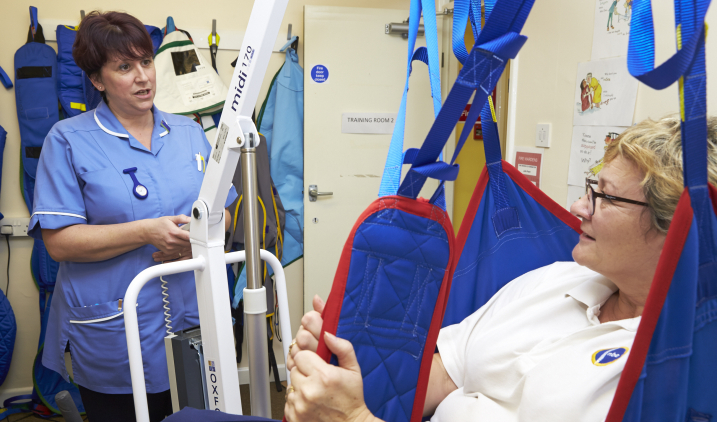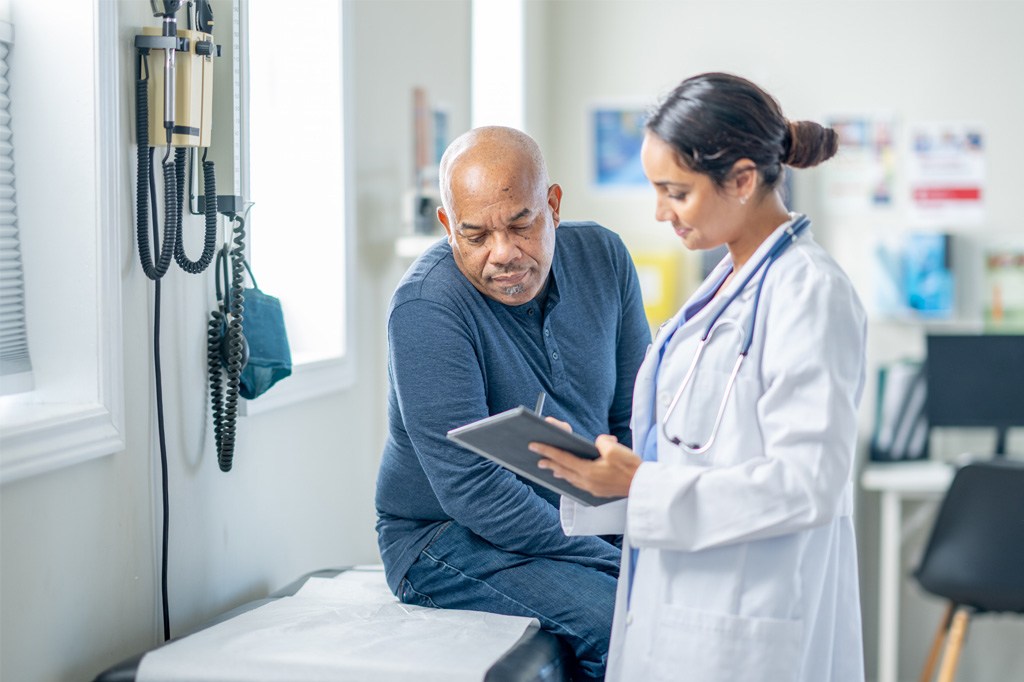How a Clinical Safety Officer Helps Manage Healthcare Risks and Compliance
How a Clinical Safety Officer Helps Manage Healthcare Risks and Compliance
Blog Article
Exactly How a Scientific Safety And Security Officer Protects Both Patients and Doctor
The duty of a Professional Safety and security Policeman is essential in ensuring a safe medical care setting, where both clients and suppliers can grow. By systematically examining dangers and setting up comprehensive safety and security methods, these professionals not just boost person care yet likewise safeguard medical care workers from prospective responsibilities.
Role of the Medical Safety And Security Policeman
The role of the Scientific Safety Officer (CSO) is essential to making sure patient security and mitigating dangers within health care settings. The CSO works as a critical figure in the development and execution of security procedures and techniques, concentrating on both medical and functional elements. By promoting a society of security, the CSO actively involves with healthcare experts to improve awareness of possible risks and motivate adherence to developed safety and security standards.
In enhancement to oversight responsibilities, the CSO is involved in enlightening team on ideal methods associated with client safety. This consists of promoting training sessions, workshops, and recurring expert advancement opportunities focused on promoting a positive strategy to safety and security. The CSO additionally works together with interdisciplinary teams to check out occurrences, evaluate data, and determine patterns that may suggest underlying problems.

Risk Analysis and Monitoring
Efficient danger analysis and administration are fundamental parts of the Clinical Safety Officer's responsibilities. This process involves recognizing prospective dangers that could compromise person safety and security or interfere with medical care procedures. The Professional Security Policeman employs methodical methodologies to examine risks associated to professional techniques, tools, and ecological factors within health care settings.
A thorough danger analysis starts with information collection and evaluation, including occurrence reports, patient responses, and conformity audits. This information functions as a structure for determining fads and focusing on locations calling for treatment. When risks have actually been assessed, the Scientific Security Officer collaborates with multidisciplinary teams to create and implement risk management techniques aimed at alleviating identified risks.
Furthermore, continuous tracking and assessment are necessary to ensure that danger management actions are reliable. The Clinical Safety Officer routinely assesses event data and security efficiency indicators, changing techniques as required to adapt to changing circumstances within the healthcare environment. Clinical safety officer. By promoting a society of safety that motivates coverage and transparency, the Medical Security Police officer plays a crucial role in lessening threats and enhancing the total high quality of treatment, thus shielding both clients and medical care companies
Carrying Out Security Procedures
Applying security procedures is crucial for making certain a consistent method to client care and reducing possible threats in health care settings. A Clinical Security Officer plays a pivotal function in the growth and execution of these procedures, which are made to resolve different facets of patient safety, including medicine management, infection control, and emergency situation response procedures.
To effectively execute security methods, the Medical Safety Officer works together with interdisciplinary teams to customize guidelines that are evidence-based and reflective of ideal methods. This includes examining existing treatments, recognizing locations for renovation, and incorporating responses from health care providers and individuals alike. In addition, the police officer should make certain that procedures line navigate to this website up with regulative demands and accreditation standards.
The Professional Safety and security Police officer establishes metrics to analyze adherence and reviews results, providing data-driven understandings to notify future procedure modifications. By cultivating open interaction and encouraging reporting of safety and security events, the Medical Safety and security Officer assists to develop a setting where both patients and providers really feel secure, eventually enhancing the total top quality of care.
Training and Education And Learning Efforts
A Medical Security Officer's dedication to recurring training and education and learning efforts is vital for growing a well-informed healthcare workforce outfitted to copyright individual safety and security standards. These initiatives are made to maintain medical care professionals informed about the most recent safety and security protocols, technologies, and governing requirements, thereby boosting their capacity to supply safe and efficient care.
Educating programs frequently incorporate a variety of topics, consisting of danger administration methods, event coverage processes, and the importance of adhering to evidence-based standards - Clinical safety officer. By engaging personnel in simulations and study, Scientific Safety and security Officers can produce practical Recommended Reading situations that allow doctor to exercise their responses to prospective safety problems, reinforcing their abilities and self-confidence
Additionally, education and learning efforts emphasize the significance of a society of safety within the company. By advertising open interaction and encouraging staff to voice concerns without fear of lecture, Medical Safety Officers aid create an environment where continual understanding is valued. Inevitably, thorough training and education and learning not just encourage medical care specialists but likewise contribute considerably to minimizing negative events and improving total client results, strengthening the critical function of Medical Safety and security Policemans in cultivating a much safer healthcare atmosphere.
Enhancing Interaction and Cooperation
The foundation of a secure healthcare atmosphere is built on robust interaction and partnership among medical care specialists. Scientific Safety And Security Policemans (CSOs) play a vital role in promoting these vital elements within healthcare setups. By promoting open dialogue and interdisciplinary team effort, CSOs make certain that important details pertaining to person safety and security, best practices, and potential risks is efficiently shared amongst all personnel participants.
To enhance interaction, CSOs carry out organized interaction protocols, such as standard handoff procedures and normal safety rundowns. These techniques not just reduce the possibilities of misunderstandings however also equip team to voice concerns and share understandings that can result in better client results. In addition, CSOs assist in collective meetings that unite diverse medical care teams to discuss safety and security problems, making it possible for collective analytic and advancement.
Additionally, CSOs leverage innovation, such as digital health documents and protected messaging systems, to enhance information flow and guarantee all providers have accessibility to up-to-date patient information. By championing a culture of transparency and liability, Professional Safety and security Officers not only shield people but also sustain doctor in providing risk-free and effective treatment, eventually improving the general medical care experience for all stakeholders involved.
Conclusion

The duty of the Professional Safety Policeman (CSO) is indispensable to making certain client safety and security and mitigating dangers within health care settings - Clinical safety officer. By promoting a culture of security, the CSO actively engages with medical care experts to enhance recognition of potential dangers and motivate adherence to developed safety criteria
The Clinical Safety Policeman regularly assesses incident data and safety and security efficiency indications, readjusting strategies as needed to adjust to changing scenarios within the medical care atmosphere. By promoting a society of safety and security that urges coverage and transparency, the Clinical Safety Police officer plays an essential role in decreasing threats and improving the overall high quality of care, thereby protecting both individuals and health care service providers.
Inevitably, the payments of the Scientific Safety and security Police officer considerably lower the probability of adverse events, making certain greater requirements of treatment and safety within the healthcare system.
Report this page